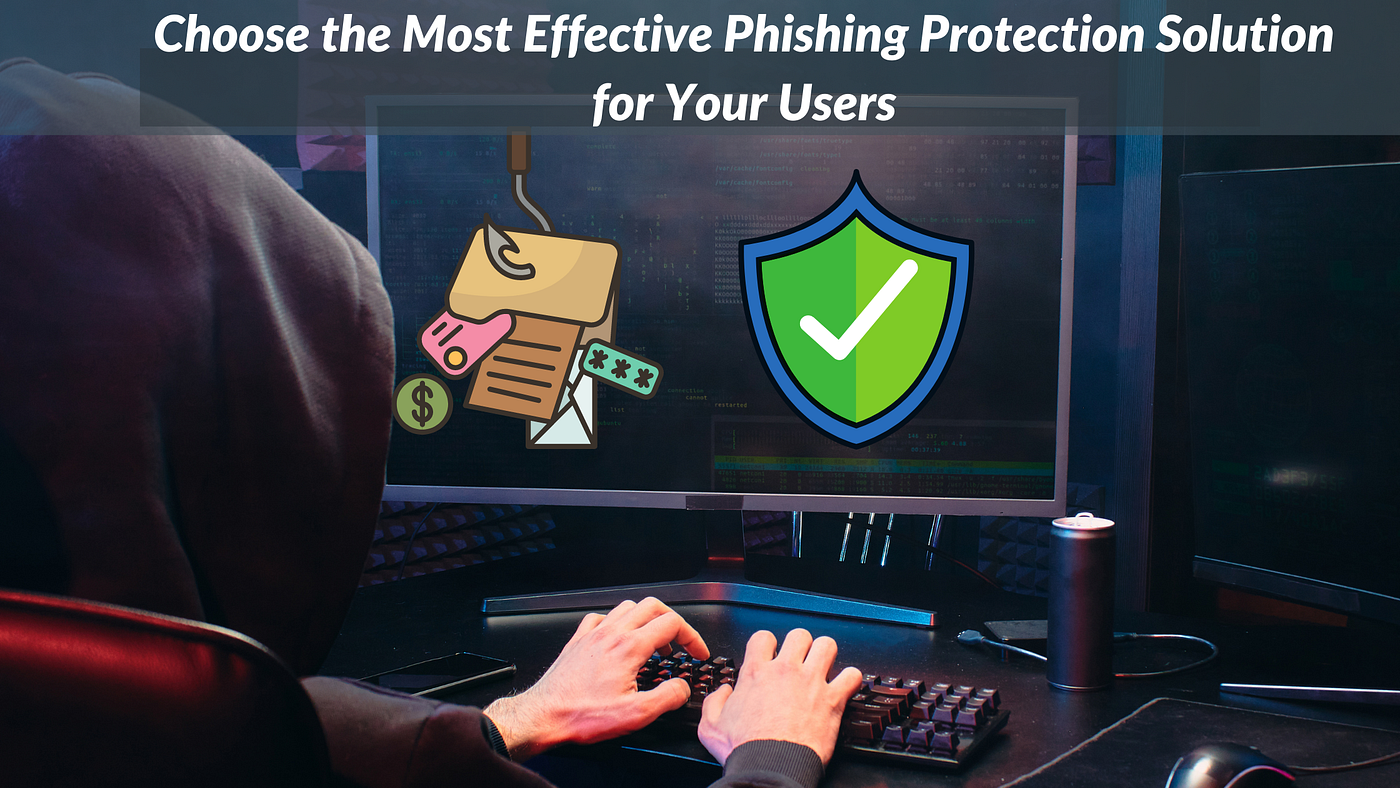A typical business email compromise (BEC) attack may cost a corporation hundreds of thousands of dollars, if not millions, of dollars. And, according to the FBI’s Internet Crime Report, the frequency of phishing attempts is increasing, with a 69% year-over-year rise in 2019. While there is no silver bullet to stop the rise, the optimum phishing security solution is a mix of impermeable phishing defense software and periodic user training and education.

What Phishing Instances Should I Share with my Users?
Every few months, there are fresh phishing cases reported. However, there are several examples of popular phishing schemes. Without a doubt, email is the most commonly used phishing tactic. As a result, additional protection against phishing, malware, and spam are critical for any IT security stack.
Email-Based Phishing Attack Examples
- Spear Phishing is a relatively prevalent email assault. Attackers conduct research on a company and its employees. The bad actor sends an email that mentions a topic that the recipient is familiar with.
- Man-in-the-Middle is when a threat actor emails two distinct parties, claiming to be each of them and requests sensitive information from each. In this manner, the tale has a better possibility of being confirmed from one to the next.
- Clone phishing occurs when emails look to be from well-known organizations (for example, Bank of America), but the email links are false.
- Clickjacking occurs when harmful links are hidden behind normal hyperlinks.
URL-Based Phishing Attack Examples
- Pharming occurs when malicious code directs people to counterfeit websites that appear to be authentic.
- Watering hole phishing is when connections to sites visited by employees are hacked.Victims mistakenly connect to a bogus, ‘free’ Wi-Fi hotspot. For example, a malicious hotspot called ‘Coffee Bean Guest’ is established near a coffee shop.
- Typosquatting or URL Hijacking is when fraudulent websites are constructed to profit from user misspellings while entering the URL.
Other Phishing Attack Methods
- Voice phishing (vishing) occurs when a caller leaves a voicemail requesting personal information. Callers will frequently mimic agencies such as a bank, the IRS, or the Social Security Administration.
- SMS phishing (smishing) occurs when a texter requests that the receiver update essential account information and provide a link to steal personal information.
- Social media phishing occurs when a hacker sends an enticing link to a user’s social media profile or post.
- Angler phishing occurs when a hacker creates a false customer service account on social media.
How to Recognize a Phishing Email
- Inconsistencies are a crucial indicator of a phishing email. Some of them are as follows:
- Grammatical Errors: If you’re a wordsmith, you’ll notice various grammatical problems in this email, such as missed commas and insufficient space.
- Generic Intro: Greetings that do not include your name, such as ‘Hello’ or ‘Dear Sir/Madam’, are identifiers.
- Email Signature: Only we would know, but the sender’s email signature was not consistent with what our organization utilizes.
Are you still unsure? To confirm any request for money or personal information, contact the person you know directly using their secure contact details. The original email should not be forwarded.
What Should You Do if You Suspect an Email to be a Phishing Attempt?
Here are some quick measures you may take if you suspect a phishing email:
- Remove the email and do not click on any links embedded within the email content.
- Do not open any attachments that the email contains.
- Inform your administrator about the fraudulent email.
- Block the sender immediately.
Aside from ignoring the email. Microsoft Office 365 and G-Suite email security filters are unable to combat today’s sophisticated threats. Work with your IT administrator to install additional phishing defense levels.
Methods to Prevent Phishing
- It is critical to teach your staff to recognize phishing methods, detect phishing signals, and report suspicious instances to the security team. Similarly, before dealing with a website, firms should urge employees to check for trust badges or stickers from well-known cybersecurity solutions or antivirus providers. This demonstrates that the website is concerned about security and is not likely to be fraudulent or harmful.
- Modern email filtering technologies can protect email communications from viruses and other dangerous payloads. Emails with harmful links, attachments, spam material, or language that might indicate a phishing assault can be detected by specific cybersecurity solutions. Email security solutions automatically detect and quarantine questionable emails, and also employ sandboxing technology to ‘detonate’ emails to determine whether they contain harmful code.
- The increased usage of cloud services and personal devices in modern workplaces has resulted in a plethora of new endpoints that may or may not be completely secured. Endpoint assaults will compromise certain endpoints, thus security teams must prepare for the worst. Monitoring endpoints for security risks and implementing timely cleanup and response on compromised devices are critical.
Get DMARC, SPF, and DKIM from EmailAuth and secure your email systems today. EmailAuth has a full list of email authentication services lined for your domain including DMARC, SPF, DKIM, etc. The benefits of DMARC are unparalleled and provide unhinged support to your domain for the safety and deliverability of the emails. Create your DMARC record today using EmailAuth’s free DMARC record generator.
